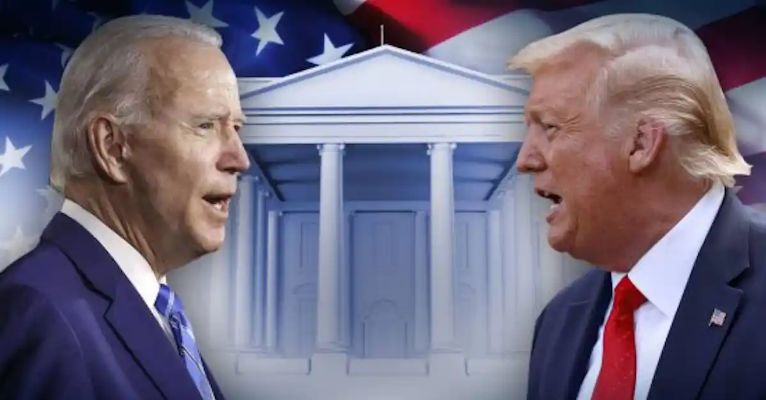
-
Published: 16 January 2023

Washington-United States-January 16, 2023
After secret documents were found in the House of former US President Donald Trump
, The finding of documents classified under the item "secret" at the home of US President Joe Biden, and at the Ben Biden Center, dating back to the period when he was vice president, was a great shock in political circles, especially since he and his Democratic Party were among the harshest critics of former President Donald Trump, when secret documents were also found in his possession, so what are these documents, And what systems are they classified on the basis of.
While it is not clear what kind of "secret" information was found in the possession of Biden and Trump, these discoveries raised concerns about the misuse of classified documents and established processes to ensure that spies, foreign terrorist organizations or other countries do not exploit them.
All documents issued by US intelligence, some law enforcement agencies, and other federal agencies are generally kept under a classification system.
Documents and objects that are critical to US national security are generally classified in the "federal classification".
Executive Order 13526, signed by former President Barack Obama, is based on a decades-long system used by the federal government.
The order provides for a "unified system for classifying, protecting and declassifying national security information, including information related to the defense against transnational terrorism".
Under this order, classification levels, standards, processing procedures and declassification are determined. And subjecting everyone in the federal government, including the president, to follow these standards.
The department or agency that classifies it, controls the classification and declassification of that information.
For presidents, not only can they classify information, but they routinely deal with classified information coming from countless government agencies, among them the Department of Defense, the Department of justice, the FBI, the food and Drug Administration, and other intelligence agencies.
As soon as the originating agency determines that the information needs to be classified, it must then determine the level. And under the classification system, there are generally 3 levels.
The "top Secret" classification is applied to information the unauthorized disclosure of which is expected to cause "extremely serious" harm to national security, and the original classification authority can identify or characterize it.
Classified information with a top-secret level usually entails a strict login and exit process, since an individual who needs to see a top-secret document often has to log out of the document and register it again upon return.
Often they are viewed only on a site dedicated to sensitive information (SCIF).
With regard to the classification of information "secret" (Secret) is given to documents whose unauthorized disclosure is expected to cause "serious" harm to national security. It can be identified or described by the original taxonomic authority.
The classification "private" (Confidential) applies to information that, if disclosed unauthorized, could cause "damage" to national security. It can be identified or described by the original taxonomic authority.
For all other items that are not considered compatible with one of the above classification systems, they usually receive an "unclassified"rating.
Items that can be subject to classification include everything from military plans to information of foreign governments and the protection of nuclear materials.
One of the most well-known classified documents is the daily presidential summary, as the summary may contain classified information from multiple agencies, covering current or long-term threats or issues.
In the White House, documents are usually classified, even at the request of the president, by the original agency that issued them.
The regulations on the processing of confidential information stipulate that "any person who has access to confidential information" must have signed a non-disclosure agreement.
He must also have a need for knowledge, and he must have been trained in handling confidential information.
Viewing confidential information is against the law, for anyone who does not have the appropriate security clearance.
The president and a few others have special powers to view confidential information while in the office or outside it.
Any former president, vice-president and a few others, by law, have the right to access all information, by the nature of the position they held. But no one may remove confidential information without proper permission, including the president.
While in office, any president employs more than 4 thousand employees, including military, Secret Service agents and other government employees. All of them have security clearances to see documents classified as confidential and top secret.
Although the law clearly allows the president and the former president access to such secret materials, questions remain about how and why they were found outside a controlled environment.
To find answers, the special counsel of the Ministry of Justice, Jack Smith, was tasked with finding out whether former President Trump violated any laws and obstructed the investigation of secret documents found at his Mar-a-Lago resort.
Attorney General Merrick Garland announced that he has appointed the former US attorney for the district of Maryland, Robert Hoare, as special counsel in the investigation of classified documents found at Biden's home and at the Ben Biden Center.
